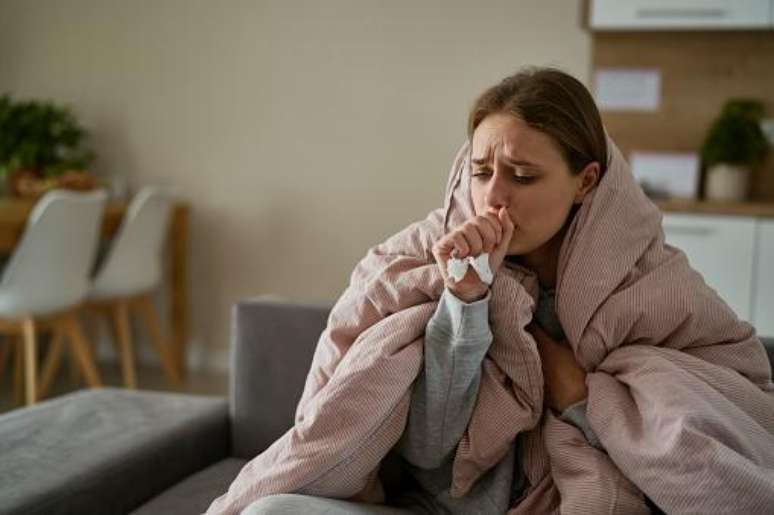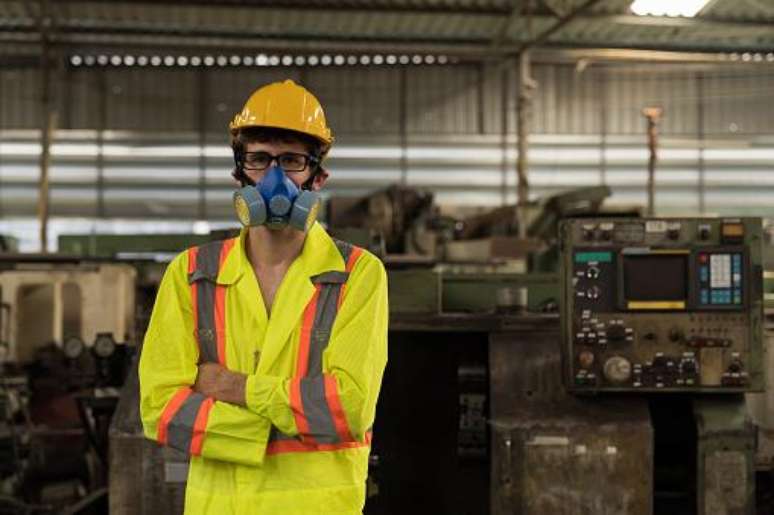According to the Ministry of Health, Pneumonia is a disease caused by an infection in the lungs. The disease affects the pulmonary alveoli, the region responsible for gas exchange, i.e. the elimination of carbon dioxide and the transport of oxygen to the blood. In more severe cases, pneumonia can lead to a lack of oxygen and infections in the blood, which is why it is important that the disease is diagnosed and treated as soon as possible.
According to data from the World Health Organization (WHO), pneumonia is the leading cause of death among children under 5 years of age. In Brazil, approximately 600,000 hospital admissions due to the disease are recorded every year. In the first half of 2022 alone, nearly 45,000 died due to complications.
Despite the numbers, pneumonia can be easily treated with medications, and early diagnosis is essential to avoid further complications. This can be done through a clinical examination: the doctor listens to the patient’s breathing and notices a creaking sound, similar to the crumpling of paper. A lung x-ray may be ordered to confirm the diagnosis.
There are at least 4 types of pneumonia, differentiated based on the cause of the inflammation. Furthermore, it can also be classified based on the environment in which the disease is contracted. The cause is usually not investigated, especially since the treatment is similar for all types. The doctor recommends the drug based on the patient’s symptoms and medical history.
1. Bacterial pneumonia
Bacterial pneumonia is the most common type of pneumonia. In this case, the lung infection is caused by bacteria and treatment involves the use of antibiotics. In most cases this drug already fights the symptoms of the infection and the patient improves within a few days. Rest is also essential for the immune system to work.
2. Viral pneumonia

Less common, viral pneumonia is caused by certain types of viruses, such as SARS-CoV-2, RSV, or the influenza virus (H1N1). In some cases, the infection may start in the upper airways and progress to the lungs. In severe cases, viral pneumonia can lead to the buildup of fluid in the alveoli of the lungs, which causes shortness of breath.
3. Fungal pneumonia

Fungal pneumonia is caused by a fungus, more precisely by Aspergillus sp. This type of pneumonia is rarer and generally affects people with compromised immune systems, such as those undergoing chemotherapy, HIV-positive patients, leukemia, or other diseases. Treatments for fungal pneumonia tend to be more complicated, both due to the cause and the patients’ condition.
4. Chemical pneumonia

This type of pneumonia is caused by infections resulting from exposure to chemical agents, such as solvents, toxic vapors and gases, asbestos, among others. It generally affects workers exposed to these elements on a daily basis. Inhaled toxic substances irritate the walls of the lung alveoli, causing infections. If left untreated, the damage can be irreversible.
Another classification for types of pneumonia

Types of pneumonia can also be differentiated based on the environment or external factors that gave rise to the infection, such as hospital pneumonia and community pneumonia.
Hospital-acquired pneumonia is one in which the patient contracts the bacteria after being admitted to the hospital. The disease can also affect exposed healthcare workers. In these cases, the disease can be more complicated, because hospitals sometimes contain bacteria that develop greater resistance to drugs.
Community pneumonia is one in which patients become infected outside of the hospital setting. Also called community-acquired pneumonia (CAP), it is one in which the infection affects a specific population living in the same area.
Source: Terra
Ben Stock is a lifestyle journalist and author at Gossipify. He writes about topics such as health, wellness, travel, food and home decor. He provides practical advice and inspiration to improve well-being, keeps readers up to date with latest lifestyle news and trends, known for his engaging writing style, in-depth analysis and unique perspectives.





![It All Begins Here: What’s in store for Thursday 16 October 2025 Episode 1286 [SPOILERS] It All Begins Here: What’s in store for Thursday 16 October 2025 Episode 1286 [SPOILERS]](https://fr.web.img3.acsta.net/img/7d/99/7d99acbb3327f48a72b40f684092775e.jpg)

-qe1jxfyoo3eh.JPG)

